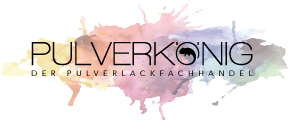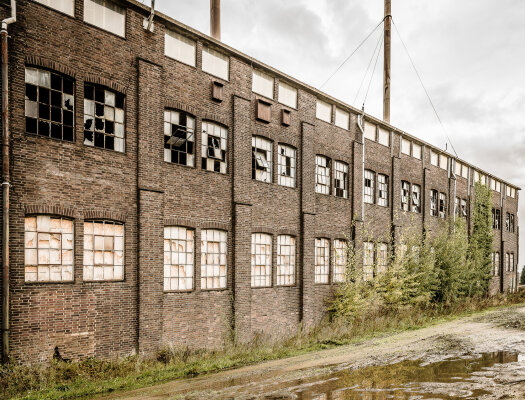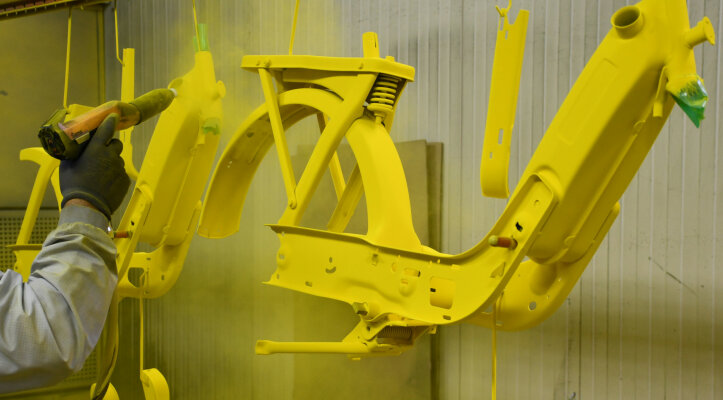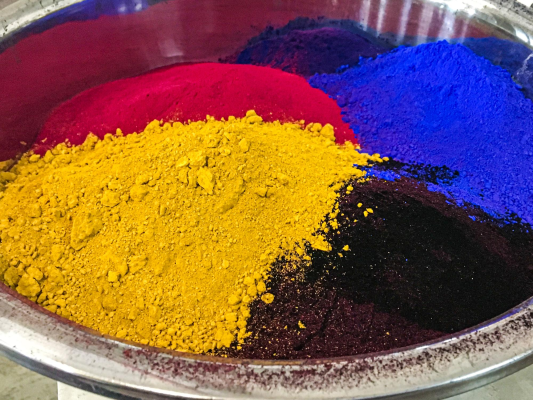The beginnings of powder coating are closely linked to the development and research of electricity and its specialist fields. All coating processes are based on the theoretical laws of particle transport, repulsion and attraction. At the beginning of the 20th century, patents were registered for the uniform coating of surfaces by means of electric field forces, which formed the basis for electrostatic coating. In 1928, the first paint sprayer was introduced that worked on the principle of electrostatic precipitators (spraying through corona grids).
In the 1940s, there were the first attempts to implement coatings with powdered, meltable, mostly thermoplastic plastics as a coating compound.
In 1952, E. Gemmer developed the so-called whirl sintering process, which was initially limited to the application of electrical insulation and pipe coating, with layer thicknesses of 200 to 300 µm. Powder coatings made of polyethylene were initially used for the coating, later polyamide and PVC.
From the 1960s onwards, the introduction and development of electrostatic plastic powder coating takes place, stimulated by changes in the U.S. market regarding attention to environmental aspects of coatings. It was the Bosch company that developed the basic type of epoxy powder. This completely solvent-free coating material was also suitable for decorative purposes, and all that was missing was a suitable application method.
In the mid-1960s, the Sames company developed electrostatic spray guns that made it possible to create long-lasting adhesion (i.e. at least until baking) between powder coating and cold workpieces. The further use of powder coating was due to the innovative possibility of recovering the overspray directly, as the application efficiency of pneumatic powder conveying was initially too low.
In 1968, the next important development step in powder coating occurred. The range of epoxy powders was supplemented with more UV-stable epoxy-polyester blends. The powders allowed shorter curing times and were available in larger quantities of consistent quality, and application equipment was also steadily improved.
From the 1970s, the number of powder coating plants in Germany increased from 4 in 1966 to 51 in 1970. The largest increase in powder consumption was achieved in 1978/79, and the following binder systems were available: Epoxy, Polyester/Epoxy, Polyester/TGIC, Polyurethane, Acrylate.
There was also a flood of ideas for solutions for completely different powder spraying systems. These include, for example, the ribbon atomizers from the AEG company, which were introduced in 1970, or the powder jet from the Mueller company. At the same time, GEMA made a leap forward in the development of corona guns by integrating the high-voltage transformer and the DC cascade into the gun, thus making it possible to dispense with the "stiff" high-voltage cable. Today, this technology is the most widely used. A coating unit from 1968 can be seen in Figure 2.
In terms of equipment technology, in 1972, triboelectric charging was demonstrated in addition to the possibility of applying the powder using the corona process. However, it was not until the 1990s that triboelectric charging became established, as a result of changes in the formulation of powder coatings, which made it possible to utilize charging by friction to its full extent. Also, until then, there was a certain reluctance on the part of a number of equipment manufacturers to push ahead with the development of tribo equipment.
In 1985, the flat jet nozzle, which is now used in 80% of powder coating equipment, was invented and replaced the flapper nozzle.
Starting in the 1990s, powder coating conveying systems were offered that used an injector to convey the powder coating directly from the powder coating container. Nowadays, this technology is used across the board.



